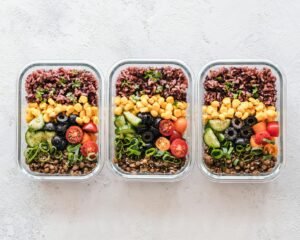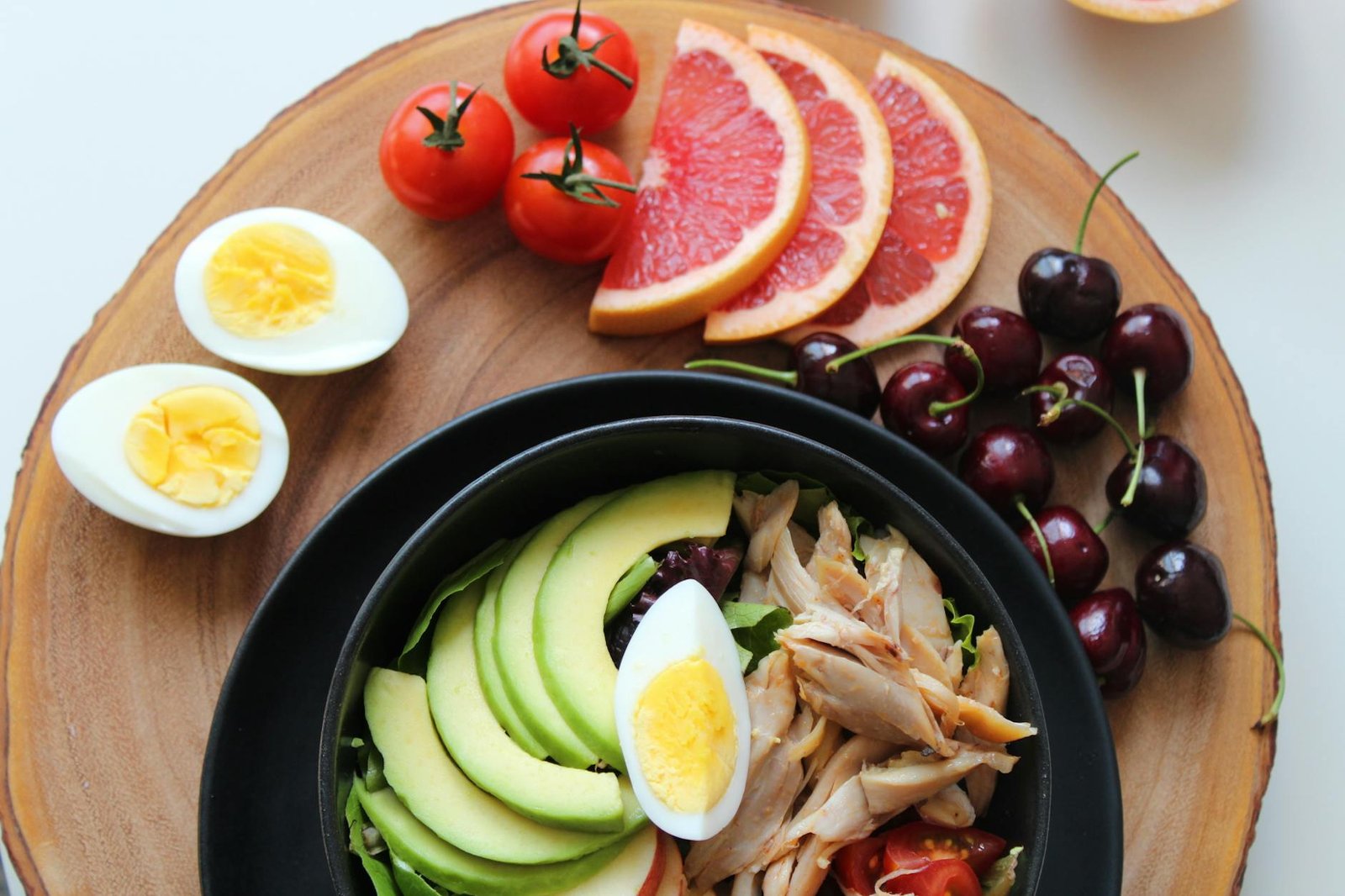By A.Geri

High cholesterol can develop at any age, but it becomes more common as people get older. Factors like poor diet, lack of exercise, obesity, smoking, and genetics can contribute to high cholesterol levels. While some individuals may experience elevated cholesterol in their 20s or 30s, it is more frequently detected in people over 40.
How to Fight High Cholesterol
High cholesterol is a condition where there is an excess of cholesterol—a fatty substance—in the blood. Cholesterol is essential for building cells and producing hormones, but too much can lead to serious health problems, such as heart disease and stroke.
There are two main types of cholesterol: Low-Density Lipoprotein (LDL), often called “bad” cholesterol, which can build up in the arteries and cause blockages, and High-Density Lipoprotein (HDL), known as “good” cholesterol, which helps remove excess cholesterol from the bloodstream. Another important factor is triglycerides, a type of fat that, when elevated, can increase the risk of cardiovascular diseases.High cholesterol increases the risk of heart disease, but lifestyle and dietary changes can significantly improve your cholesterol levels. Here’s how you can lower bad cholesterol (LDL) and increase good cholesterol (HDL) naturally.
1. Focus on Heart-Healthy Foods
- Increase fiber intake: Soluble fiber (found in oats, beans, lentils, and fruits) helps lower LDL (bad cholesterol).
- Choose healthy fats: Replace saturated fats with unsaturated fats from olive oil, avocados, nuts, and seeds.
- Eat fatty fish: Salmon, mackerel, and tuna are rich in omega-3 fatty acids, which reduce inflammation and improve cholesterol levels.
- Add plant-based proteins: Beans, lentils, tofu, and quinoa are excellent alternatives to red meat.
- Use cholesterol-lowering foods: Garlic, flaxseeds, green tea, and dark leafy greens support heart health.
2. Avoid Cholesterol-Raising Foods
- Limit saturated fats: Found in butter, cheese, fatty meats, and processed foods.
- Avoid trans fats: Found in fried foods, fast food, and packaged snacks—these increase bad cholesterol levels.
- Reduce added sugars: Excess sugar (in sodas, candies, and processed foods) can contribute to heart disease.
- Cut back on processed carbs: White bread, pastries, and sugary cereals can spike blood sugar and affect cholesterol.
3. Lifestyle Changes for Lower Cholesterol
- Exercise regularly: Aim for 30 minutes of moderate activity (walking, cycling, or swimming) most days.
- Maintain a healthy weight: Losing even 5-10% of body weight can lower LDL cholesterol.
- Quit smoking: Improves HDL (good cholesterol) and heart health.
- Limit alcohol: If consumed, keep it moderate (1 drink per day for women, 2 for men).
- Manage stress: Chronic stress can contribute to high cholesterol—practice meditation, deep breathing, or yoga.
Final Tip: Your diet plays a crucial role in lowering cholesterol, but consistency is key. Combine a heart-healthy diet with regular exercise and good lifestyle habits for long-term benefits.

Here’s a one-week meal plan designed to help lower cholesterol while still including the foods you enjoy. I’ll also provide you with a list of foods to avoid at the end.
Balanced One-Week Meal Plan to keeplow Cholesterol levels
Day 1
✅ Breakfast: Oatmeal (carbs) with peanut butter (healthy fats) and banana (carbs) + Greek yogurt (protein)
✅ Snack: Almonds (fats), apple (carbs), and a boiled egg (protein)
✅ Lunch: Grilled salmon (protein & fats), quinoa (carbs), roasted vegetables (carbs)
✅ Snack: Greek yogurt (protein), chia seeds (fats), and blueberries (carbs)
✅ Dinner: Baked chicken breast (protein), brown rice (carbs), and steamed broccoli with olive oil (fats)
Day 2
✅ Breakfast: Whole grain toast (carbs) with peanut butter (fats) and sliced strawberries (carbs) + a boiled egg (protein)
✅ Snack: Carrot and cucumber sticks (carbs) with hummus (fats & protein)
✅ Lunch: Grilled chicken (protein) salad with olive oil dressing (fats) and quinoa (carbs)
✅ Snack: Walnuts (fats), a pear (carbs), and cottage cheese (protein)
✅ Dinner: Baked cod (protein) with mashed sweet potatoes (carbs) and sautéed spinach (fats from olive oil)
Day 3
✅ Breakfast: Scrambled eggs (protein) with whole wheat toast (carbs) and avocado (fats)
✅ Snack: Mixed berries (carbs), flaxseeds (fats), and Greek yogurt (protein)
✅ Lunch: Lentil soup (protein & carbs) with a side of whole grain bread (carbs) + olive oil drizzle (fats)
✅ Snack: Cottage cheese (protein) with sliced peaches (carbs) and walnuts (fats)
✅ Dinner: Grilled lean steak (protein) with roasted Brussels sprouts (carbs) and quinoa (carbs) + olive oil (fats)
Day 4
✅ Breakfast: Chia seed pudding (carbs) with almond milk (fats) and mixed berries (carbs) + protein powder (protein)
✅ Snack: A handful of mixed nuts (fats) and a boiled egg (protein)
✅ Lunch: Baked salmon (protein & fats) with a side of roasted asparagus (carbs) and farro (carbs)
✅ Snack: Apple slices (carbs) with almond butter (fats & protein)
✅ Dinner: Chicken stir-fry (protein) with brown rice (carbs) and mixed vegetables sautéed in olive oil (fats)
Day 5
✅ Breakfast: Oatmeal (carbs) with flaxseeds (fats), blueberries (carbs), and walnuts (fats) + Greek yogurt (protein)
✅ Snack: Greek yogurt (protein) with sunflower seeds (fats) and an orange (carbs)
✅ Lunch: Turkey and avocado wrap (protein & fats) with a whole grain tortilla (carbs) and side salad (carbs)
✅ Snack: Cashews (fats), a banana (carbs), and a boiled egg (protein)
✅ Dinner: Grilled shrimp (protein) with whole wheat pasta (carbs) and olive oil-based tomato sauce (fats)
Day 6
✅ Breakfast: Smoothie with spinach (carbs), banana (carbs), peanut butter (fats), and almond milk + protein powder (protein)
✅ Snack: Cottage cheese (protein) with flaxseeds (fats) and pineapple (carbs)
✅ Lunch: Quinoa salad (carbs) with chickpeas (protein), cucumbers, tomatoes, and feta cheese (fats)
✅ Snack: Dark chocolate (85% cocoa, fats), walnuts (fats), and a small apple (carbs)
✅ Dinner: Baked chicken (protein) with roasted sweet potatoes (carbs) and steamed green beans with olive oil (fats)
Day 7
✅ Breakfast: Scrambled eggs (protein) with smoked salmon (protein & fats) and whole wheat toast (carbs)
✅ Snack: Almonds (fats), an orange (carbs), and cottage cheese (protein)
✅ Lunch: Tuna salad (protein & fats) with olive oil and lemon dressing, served on whole grain crackers (carbs)
✅ Snack: Hummus (protein & fats) with celery and bell peppers (carbs)
✅ Dinner: Grilled turkey burger (protein) with avocado (fats) and a side of sautéed kale (carbs)
In conclusion,maintaining a healthy lifestyle through balanced eating, regular exercise, and medical check-ups can help manage cholesterol levels effectively. We all have the power to control our health and live healthier life. Therefore,regular screenings are recommended, especially if there is a family history of high cholesterol or heart disease. I hope that you find this post informative and valuable. If you liked it you can leave your opinion below and add your name to my mailing list.That would help me reach more people who can read my content and extract a value for a healthier and balanced live.
#HighCholesterol #HeartHealth #LDLvHDL #HealthyLiving #CholesterolAwareness

